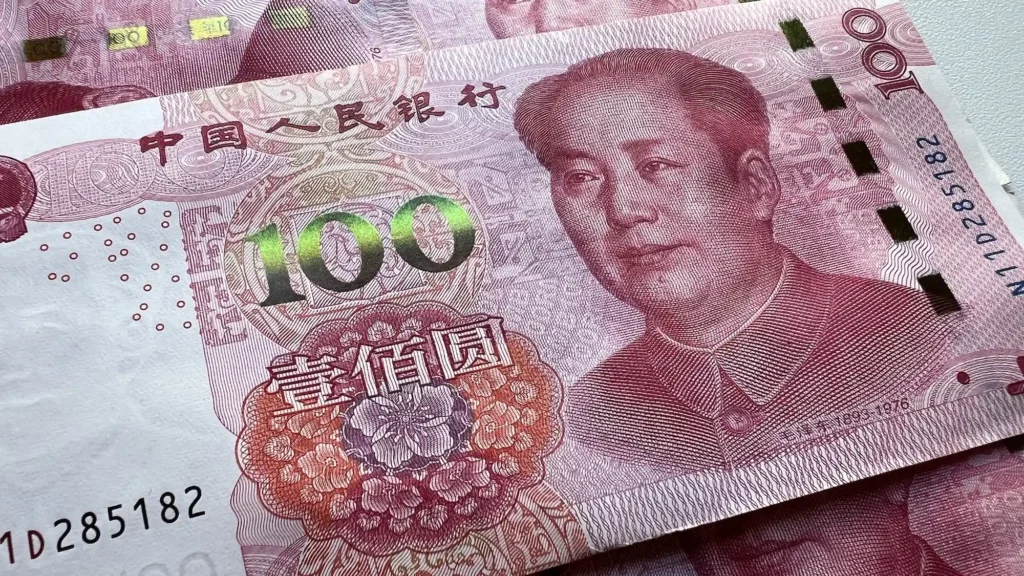
The Official Currency of China
The official currency of China, the yuan (元), also known as renminbi (人民币, “people’s currency”), is a fascinating element of Chinese culture that reflects both its rich history and rapid modernization. For travelers planning to explore this Asian giant, understanding this currency is essential for a smooth experience.
The History Behind the Yuan
The yuan has a history that dates back centuries. The word “yuan” was already used in the Qing dynasty to refer to silver currency. However, the modern renminbi was established in 1948, shortly before the founding of the People’s Republic of China. Since then, it has undergone various reforms and design changes, reflecting the country’s political and economic transformations.
The Chinese currency is issued by the People’s Bank of China (中国人民银行, Zhōngguó Rénmín Yínháng) and currently circulates in its fifth series, launched in 1999, which has incorporated new bills with enhanced security measures.
Renminbi Bills and Coins
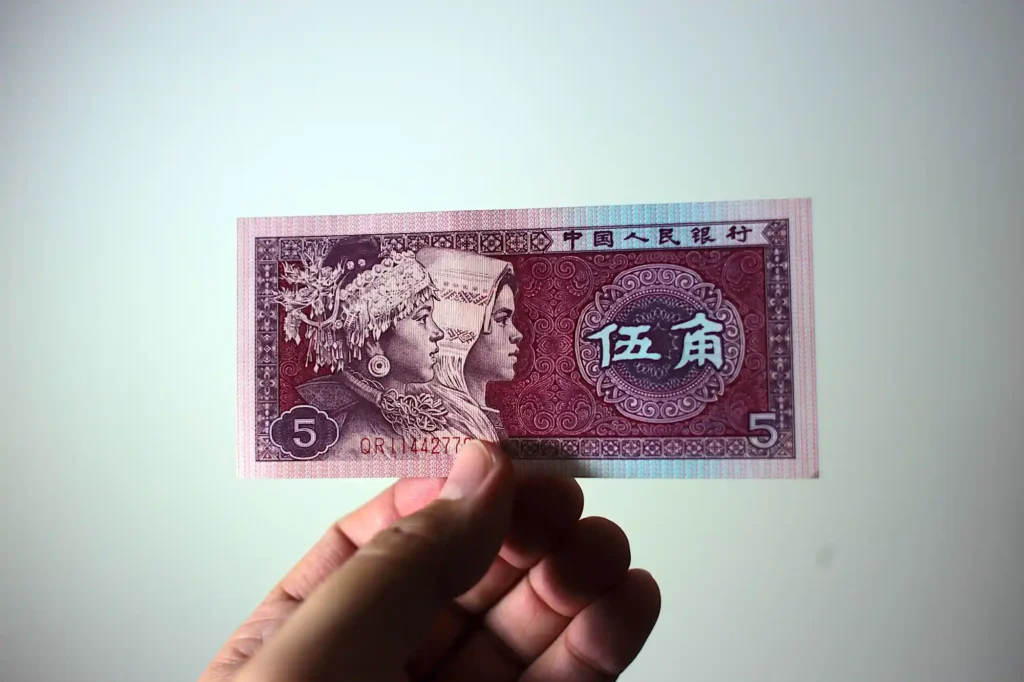
The yuan is divided into 10 jiao (角), and each jiao into 10 fen (分), though both are rarely used. Small jiao coins still circulate but receive little attention due to their minimal value. Current bills circulate in denominations of 1, 5, 10, 20, 50, and 100 yuan, each with distinctive colors and representations of important Chinese figures and places. At the current exchange rate, 100 yuan ranges between 10 and 15 euros. As you can see, the highest denomination bill is relatively small compared to euro bills, which means that if you wish to pay in cash, you’ll need to carry a substantial wad of bills during your trip.
The 1 yuan bill is green and shows the image of the founder of the People’s Republic of China, Mao Zedong (毛泽东), as do all bills. The 100 yuan bill, the highest denomination, is red and is commonly called “hongmao” (红毛, “red hair”) by locals.
Regarding coins, the most common are the 1 yuan and 5 jiao, although there are also coins of 1 jiao and 2 and 5 yuan, though these latter ones are less frequent.
The Digital Payment Revolution in China

Perhaps the most surprising aspect of Chinese currency for foreign visitors is the rapid decline in cash usage. It has practically disappeared! And this has happened in record time, in just a window of about 3 or 4 years since 2015.
China has experienced an unprecedented revolution in digital payments. Applications like Alipay (支付宝) and WeChat Pay (微信支付) have transformed how Chinese people conduct their daily transactions.
It’s common to see even street vendors equipped with QR codes to receive payments. From buying a simple plate of delicious jiaozi (饺子, dumplings) at a street stall to paying for public services or sending money to friends, almost everything can be done with a simple QR code scan.
This digital transition has been so profound that many young Chinese rarely carry cash, preferring the convenience and security of mobile payments. For travelers, this means that adapting to these platforms can greatly facilitate their stay, although it’s still advisable to carry some cash for emergencies or less modernized places.
Currency Exchange for Travelers
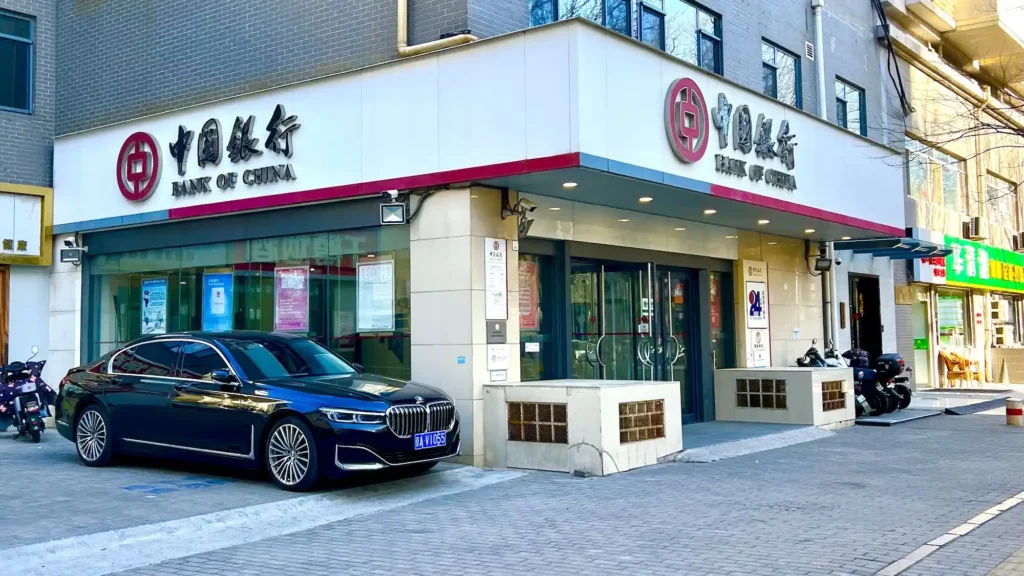
For European travelers who want to exchange euros to yuan, several options exist. The safest and most official way is through Chinese banks such as Bank of China (中国银行), China Construction Bank (建设银行), or ICBC (工商银行). These banks have branches in major cities and offer official exchange rates.
International airports also have exchange services, although rates tend to be less favorable. High-end hotels may offer exchange services for their guests, but this is not common and often comes with higher fees.
It’s important to remember that exchanging money in China requires showing your passport to the bank’s exchange agent, and there is a maximum daily limit for foreigners.
Withdrawing Money from ATMs in China
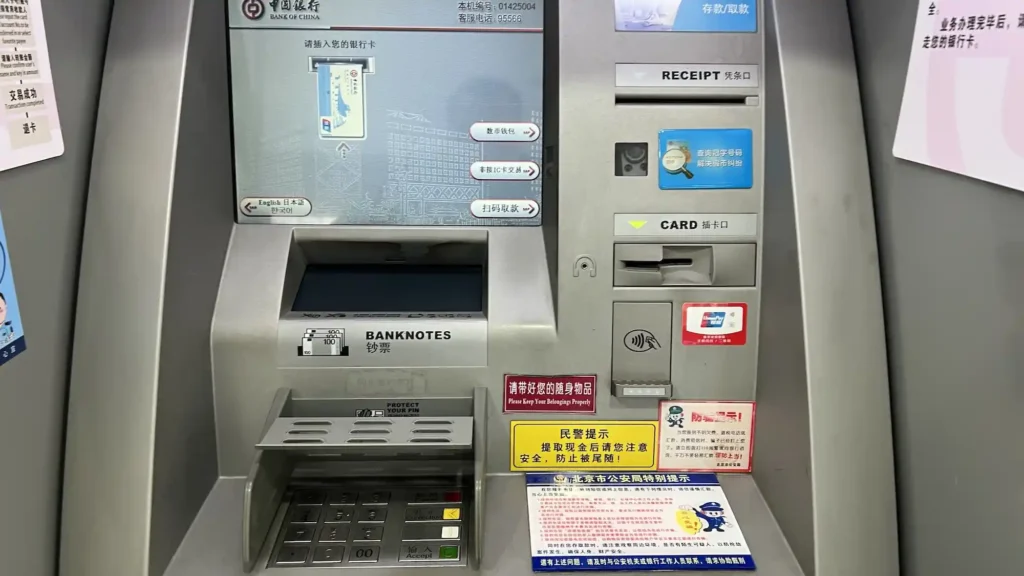
Undoubtedly the best option to get some cash during your trip is to go to an ATM of one of the major banks mentioned above and withdraw money from your savings account with your Visa or Mastercard. While ATMs are in Chinese, when you insert a foreign card, you’ll see the option to select other languages.
Sometimes the transaction may take a few seconds to be approved by your home bank, but there’s usually no problem withdrawing cash throughout the country.
Paying with Cards in China
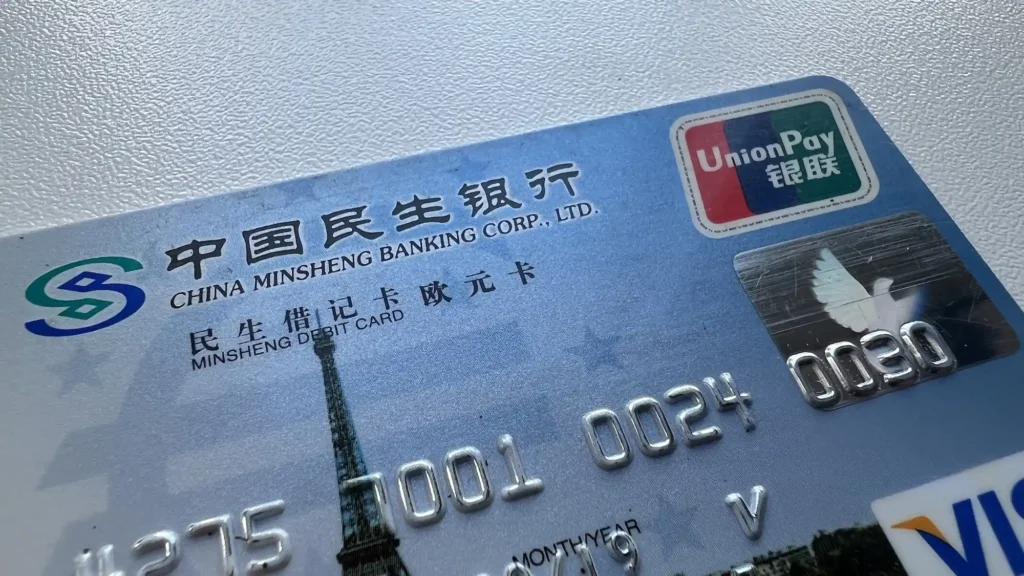
We completely discourage this option as it is rarely accepted by businesses. China has its own card payment network called UnionPay (similar to Visa or Mastercard), and unless you have a UnionPay card, it will be difficult if not impossible to pay with your international card for transportation, restaurants, and shops.
The safest options for a comfortable and hassle-free trip are to use electronic payment methods like Alipay, WeChat Pay, and cash as a last resort.
At Asiahop, we understand that navigating China’s payment system can be somewhat complicated, but we’re here to help.
Are you ready to discover China? At Asiahop, we can design a tailor-made trip to China that fits your interests, time, and budget. Contact us for a personalized trip plan to China and start planning your adventure through the fascinating country known as “The Middle Kingdom” (中国).